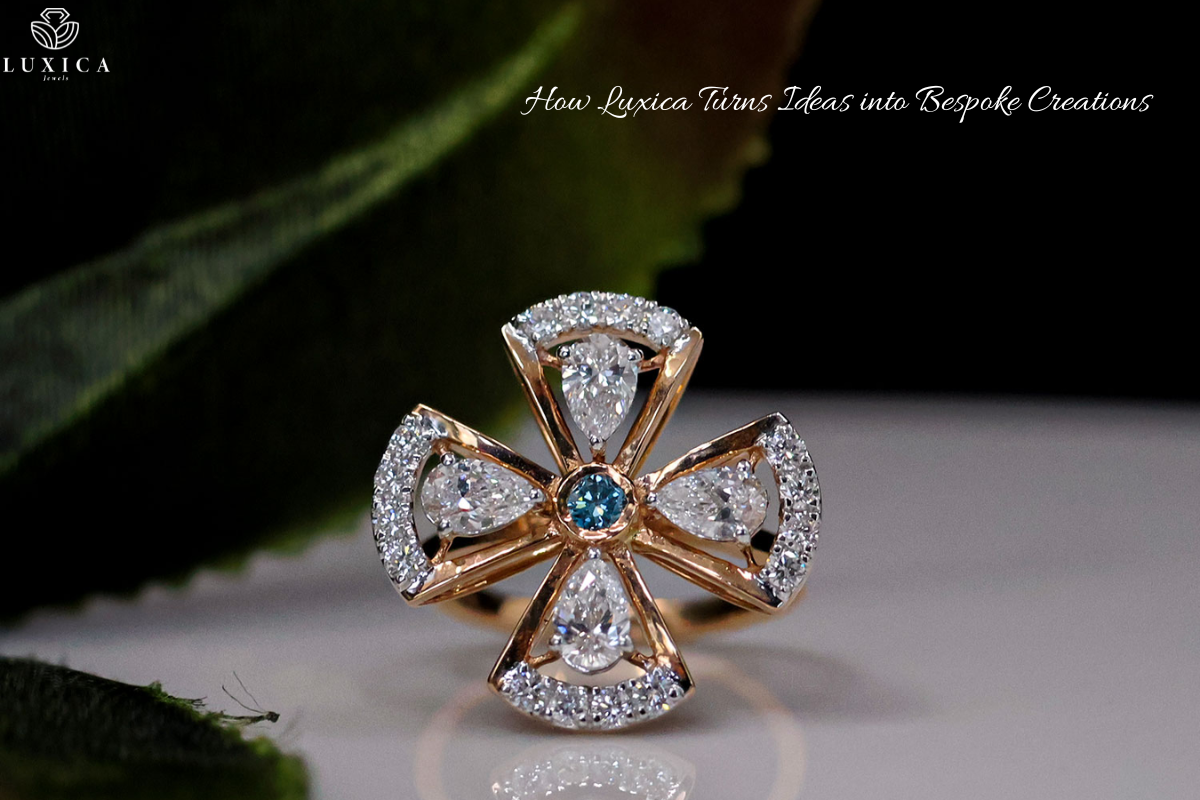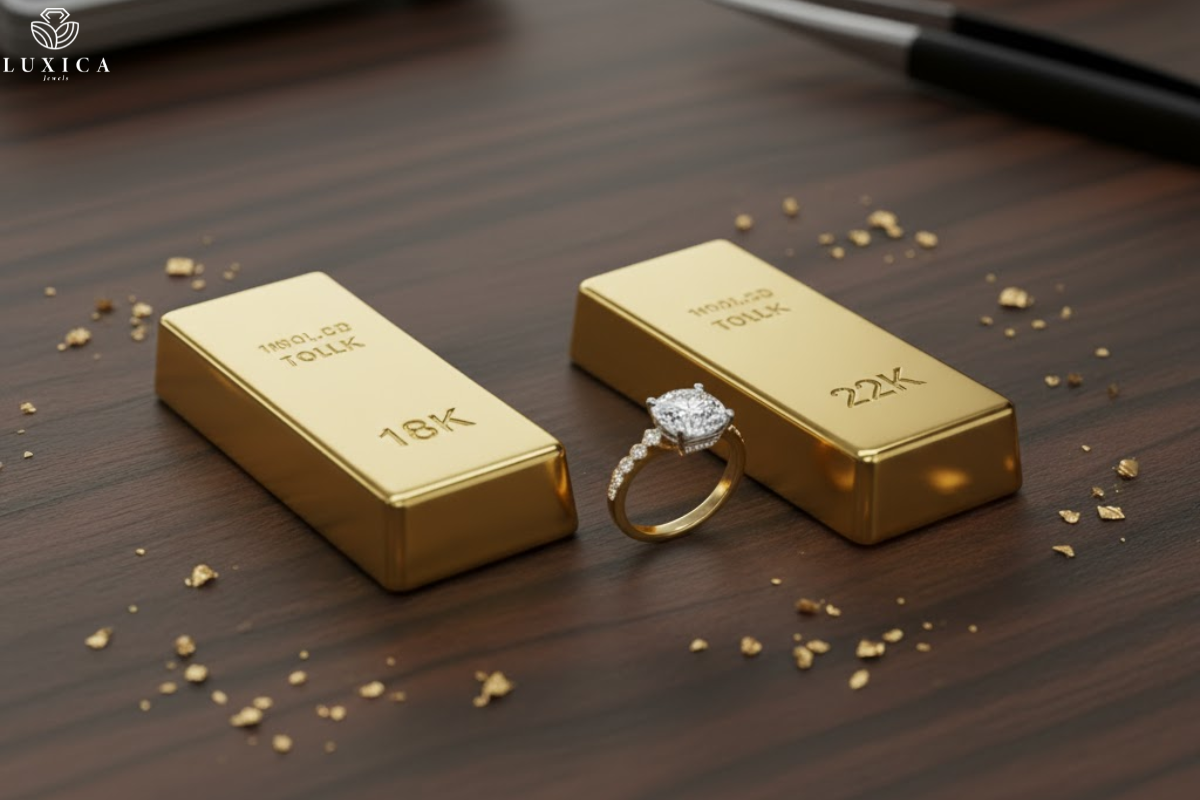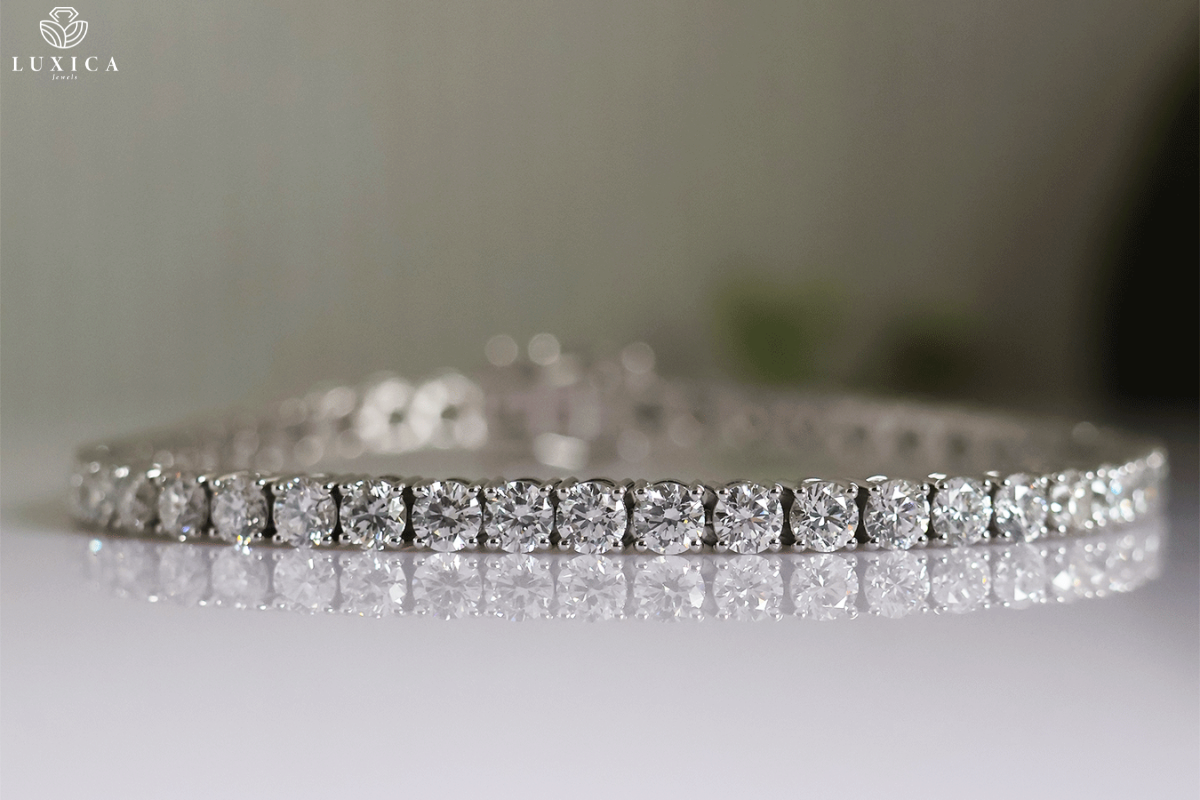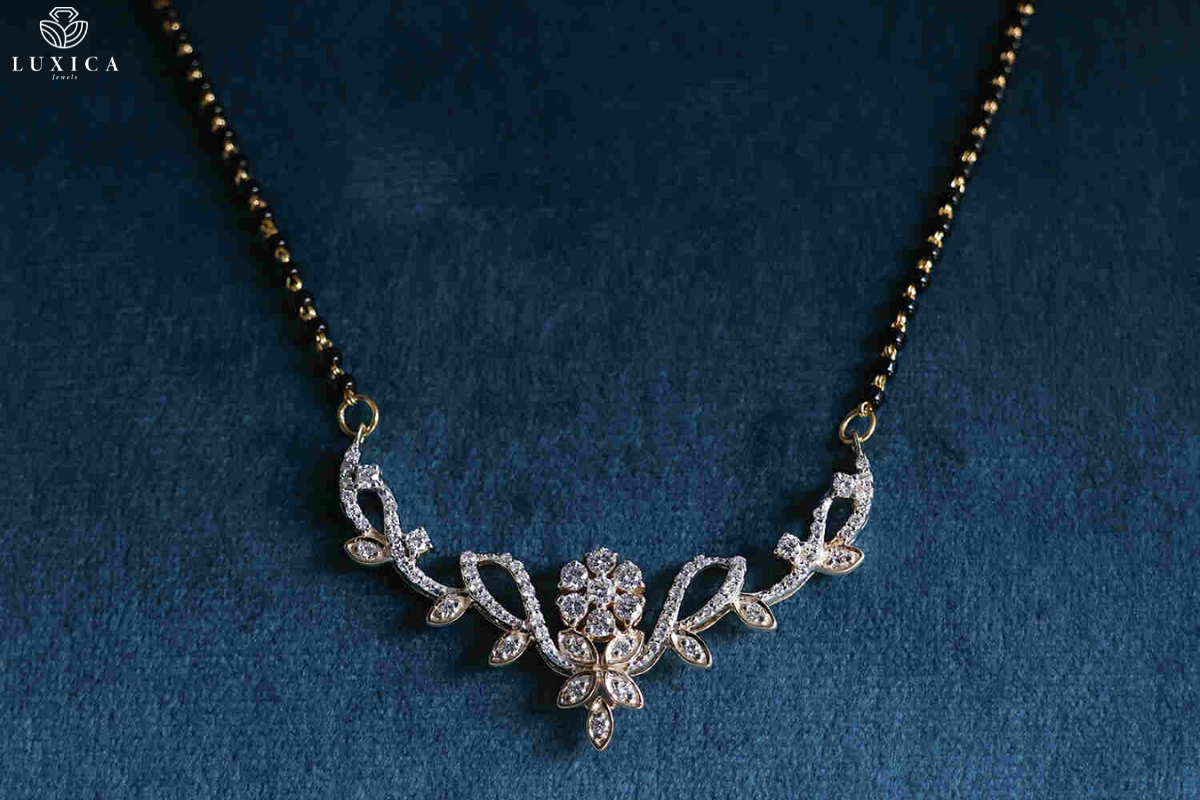Pink Lab Grown Diamonds Explained
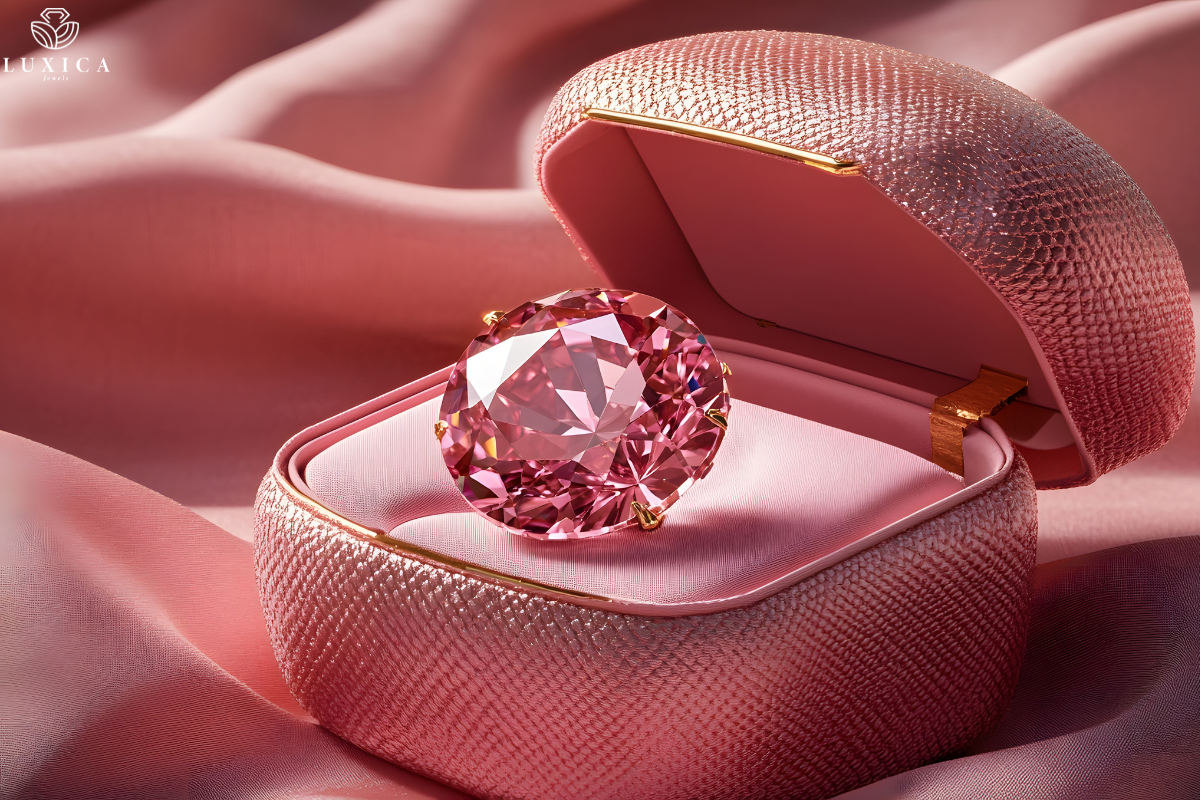
Have you ever fantasized about having a pink diamond as your own but thought it was nowhere near possible? You are not the only one. Pure pink diamonds are so rare and expensive that they belong to the highest category of gemstones on earth, with some getting millions of dollars for every carat. But the good news is that lab pink diamonds have the same eye-catching beauty but at around 50-80% less of the original cost.
Let’s move on to the discourse about these lovely stones that will make you all ears.
What Exactly Is a Lab Grown Pink Diamond?
A lab grown pink diamond does not represent nature’s miracle but rather illustrates the art of man, as scientists perform it inside a well-monitored laboratory instead of on Mother Earth. The diamonds produced have the same chemical composition, crystal structure and hardness as the natural variety. Their only distinction is in the origin.
Let’s take the analogy of ice. It does not matter whether you make ice in the freezer or take it from the lake; it is ice. Lab-grown diamonds are indistinguishable from their natural counterparts; they are simply produced through human innovation and not by geological processes that take billions of years.
How Are Pink Lab Grown Diamonds Made?
Scientists use two main methods to create lab grown diamonds:
High Pressure High Temperature (HPHT): This method mimics the natural conditions deep within the Earth. A small diamond seed is placed in carbon and exposed to extreme pressure and temperatures exceeding 1,500 degrees Celsius. Over several weeks, the carbon crystallizes around the seed, forming a diamond.
Chemical Vapor Deposition (CVD): This newer technique involves placing a diamond seed in a chamber filled with carbon-rich gases. The gases are heated to extreme temperatures, causing carbon atoms to separate and deposit onto the seed in thin layers, gradually building up the diamond.
To make a diamond that emits that much sought-after pink hue, scientists add certain elements or create conditions during the diamond’s growth process. Mostly the pink tint comes from the rarity of the crystal lattice structure and the presence of certain elements that cause light to behave in a peculiar way when passing through.
Why Choose a Pink Lab Grown Diamond?
Affordability: Lab grown pink diamonds cost 60-80% less than their natural counterparts. This means you can get a larger stone or better quality for your budget.
Ethical and Sustainable: These diamonds don’t require mining, which means no environmental destruction, habitat loss, or ethical concerns about mining conditions. Your conscience can be as clear as your diamond.
Same Beauty and Durability: Lab grown pink diamonds are physically identical to natural ones. They have the same hardness (10 on the Mohs scale), brilliance, and fire. Even professional gemologists need specialized equipment to tell them apart.
Variety: Lab environments allow for better control over color saturation, meaning you can find pink diamonds in various shades from delicate blush to vibrant fuchsia.
Understanding Pink Diamond Colors
Pink diamonds come in different intensity levels:
- Faint Pink: Very subtle pink tones that are barely noticeable
- Light Pink: Gentle, romantic pink hues
- Fancy Pink: Noticeable pink color with good saturation
- Fancy Intense Pink: Rich, vibrant pink that catches the eye
- Fancy Vivid Pink: The most saturated and valuable pink color
When shopping for a lab grown pink diamond, you’ll also encounter secondary hues like purplish pink, orangy pink, or brownish pink. Pure pink with no secondary colors is typically most desirable and valuable.
Here Is the Buying Details Of Pink Diamond
Are They Really “Real” Diamonds?
The answer is a definite yes. This is one of the most common misunderstandings regarding lab grown diamonds. They are not cubic zirconia or moissanite; those are diamond simulants with different chemical compositions. Lab grown diamonds are carbon crystallized in the same manner as mined diamonds.
The Federal Trade Commission (FTC) has formally acknowledged that lab-grown diamonds are real stones. The same gemological standards apply to their grading, and they receive certificates from such well-known entities as the Gemological Institute of America (GIA) and the International Gemological Institute (IGI).
Caring for Your Pink Lab Grown Diamond
The great news is that the care for a lab-grown pink diamond is the same as that of any diamond:
- Keep it clean by washing it with warm water, a mild soap, and a soft brush.
- Keep it apart from other jewelry to avoid getting scratched.
- Have it cleaned and checked by a professional once a year.
- Take it off during activities where it might be impacted or during contact with harsh chemicals.
If you treat your pink lab-grown diamond with care, it will not only last but also constantly radiate its color and brilliance. The same cannot be said of some treated gemstones, as the pink color might not only change but also fade over time.
Making the Right Choice
When shopping for a pink lab grown diamond, look for:
- Certification: Always buy certified diamonds with grading reports from reputable labs
- Return Policy: Reputable sellers offer return periods so you can see the diamond in person
- Color Grading: Understand the intensity level you’re purchasing
- Cut Quality: A well-cut diamond will maximize the pink color’s beauty
Pink lab-grown diamonds marry luxury, responsibility, and value brilliantly. It does not matter if you are going for an engagement ring, a gift to someone, or simply spoiling yourself, these gems will offer the same amount of romance and sparkle as the natural ones but without the prohibitive costs, negative environmental impact, and others.
Technological advances are working in such a way that the new stompers are now more affordable than ever. And we are in the right place at the right time to witness how leading-edge science can create and revitalize pink diamonds that are redolent of the bygone eras of beauty timeless elegance and splendid luxury.

